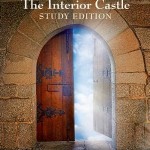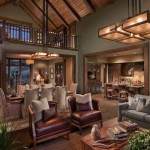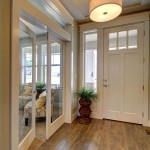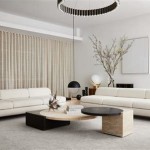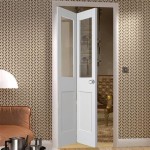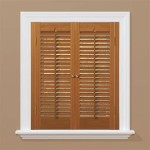Modern Interior Design Definition
Modern interior design, a style that emerged in the early 20th century, continues to influence contemporary aesthetics. It is characterized by clean lines, simplicity, functionality, and a focus on the use of natural materials. This design philosophy emphasizes form over ornamentation, creating spaces that are both visually appealing and practical. While modern design has evolved over the decades, its core principles remain relevant, offering a timeless approach to interior design.
Key Principles of Modern Interior Design
Modern interior design is defined by several key principles that contribute to its distinct aesthetic:
1. Simplicity and Minimalism
Modern design embraces minimalism, favoring clean lines and uncluttered spaces. It avoids excessive ornamentation or decorative elements, instead focusing on the inherent beauty of materials and form. This approach creates a sense of calm and order, allowing the architecture and furniture to take center stage. Furniture pieces are typically characterized by their simple geometric shapes and streamlined design.
2. Functionality and Efficiency
Functionality is a paramount principle in modern design. Every element in a modern interior serves a purpose, contributing to the overall efficiency of the space. The use of built-in storage and multi-functional furniture optimizes space utilization, while open floor plans enhance the flow of movement and create a sense of spaciousness.
3. Natural Materials and Neutral Color Palettes
Modern design emphasizes the use of natural materials such as wood, leather, stone, and metal. These materials are valued for their durability, sustainability, and inherent beauty. Neutral color palettes, often incorporating shades of white, gray, black, and beige, create a timeless and sophisticated backdrop for the furniture and artwork.
4. Emphasis on Light and Space
Modern design places a high value on light and space. Large windows, skylights, and open floor plans maximize natural light penetration, creating a bright and airy atmosphere. The use of reflective surfaces further enhances the sense of spaciousness, amplifying the impact of natural light and adding a touch of sophistication to the overall aesthetic.
5. Integration of Technology
Contemporary modern design embraces technology seamlessly. Smart home features, integrated lighting systems, and advanced audio-visual equipment are incorporated into the design, enhancing the functionality and comfort of the space. This integration of technology creates a more cohesive and efficient living environment, enhancing the modern aesthetic.
Evolution of Modern Interior Design
Modern interior design has evolved significantly since its inception, embracing different styles and influences throughout the decades. Early modern design, often referred to as "International Style," was characterized by its stark simplicity and geometric forms. Mid-century modern design, popularized in the 1950s and 1960s, introduced more organic and playful elements, incorporating vibrant colors and sculptural forms. Contemporary modern design, characterized by a more eclectic approach, combines elements of different eras, incorporating vintage pieces with modern furnishings and technologies.
Modern Interior Design Today
Modern design continues to be a popular choice for interior design today, inspiring a range of contemporary styles. From minimalist aesthetics to more eclectic and personal interpretations, modern design principles provide a timeless and adaptable framework for creating stylish and functional living spaces. The emphasis on simplicity, functionality, and natural materials resonates with contemporary values, making modern design a relevant and enduring style.

Contemporary Vs Modern Interior Design Everything To Know Décor Aid

Contemporary And Modern Interior Design Definition Differences Roomlay

Difference Between Modern Vs Contemporary Interior Design

Contemporary Vs Modern Interior Design Everything To Know Décor Aid

Contemporary Design Style And The Essentials To Master It Décor Aid

Modern Interior Design Guide What Is 2024 Masterclass

Urban Modern Interior Design Defined Everything To Know Décor Aid

Differences Between Mid Century Modern Vs Contemporary Design Style Adria

Contemporary Design Style And The Essentials To Master It Décor Aid

Posh Home Modern Vs Contemporary Design Interior Live In Style
Related Posts


